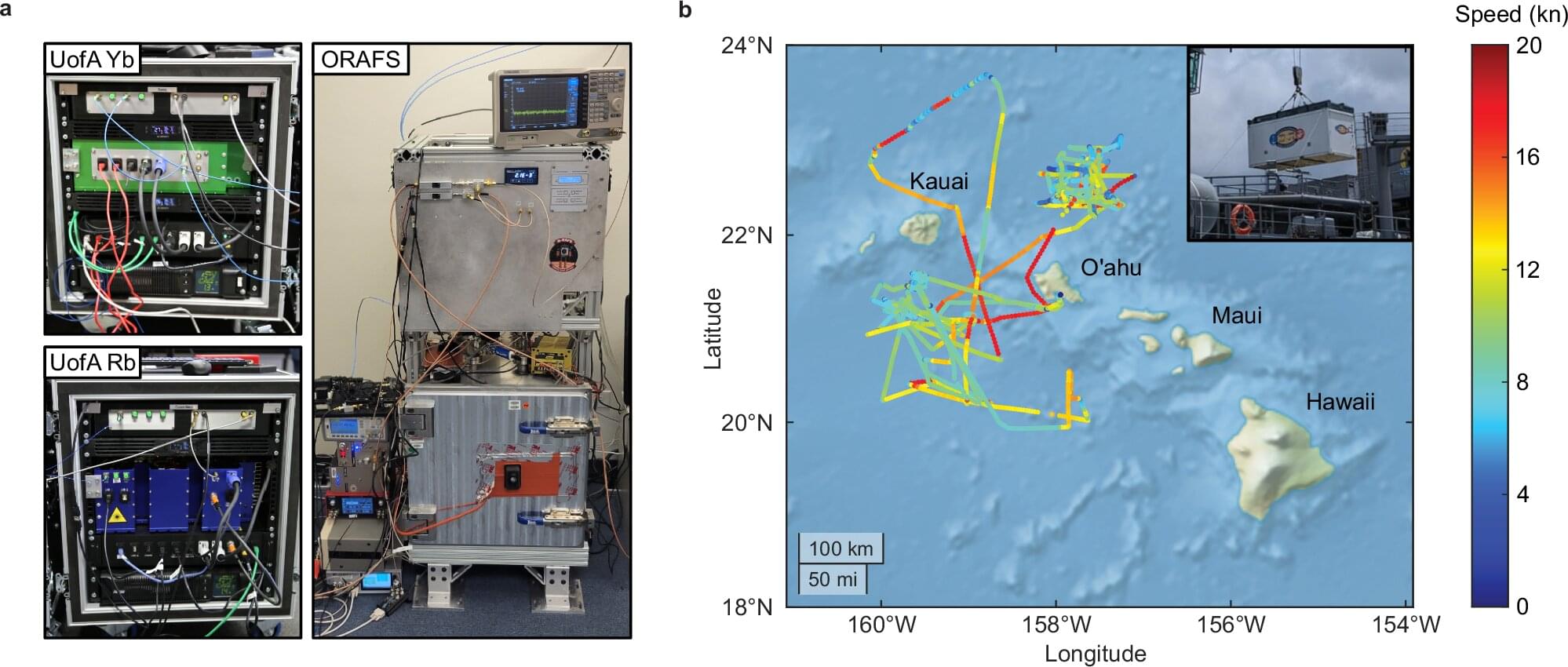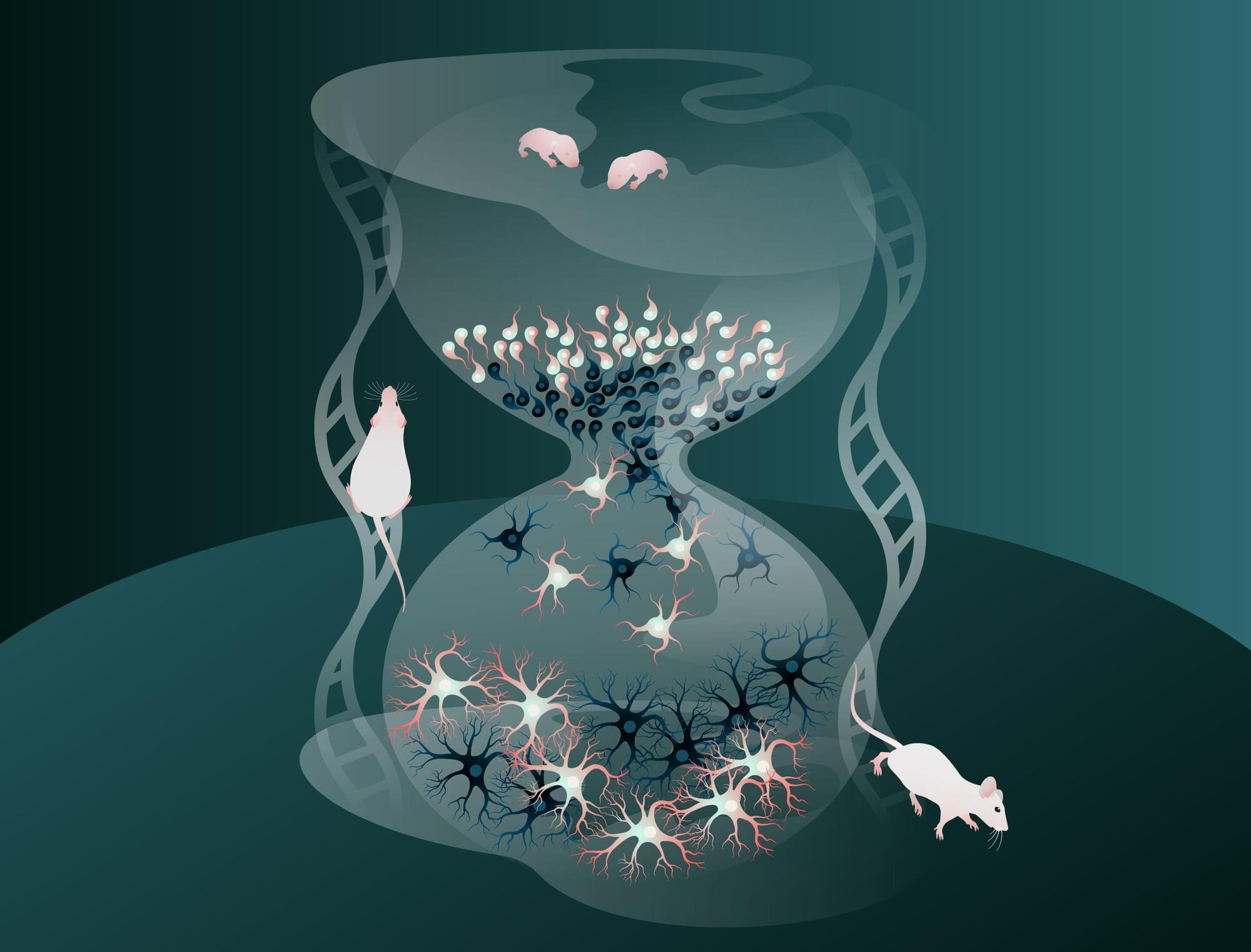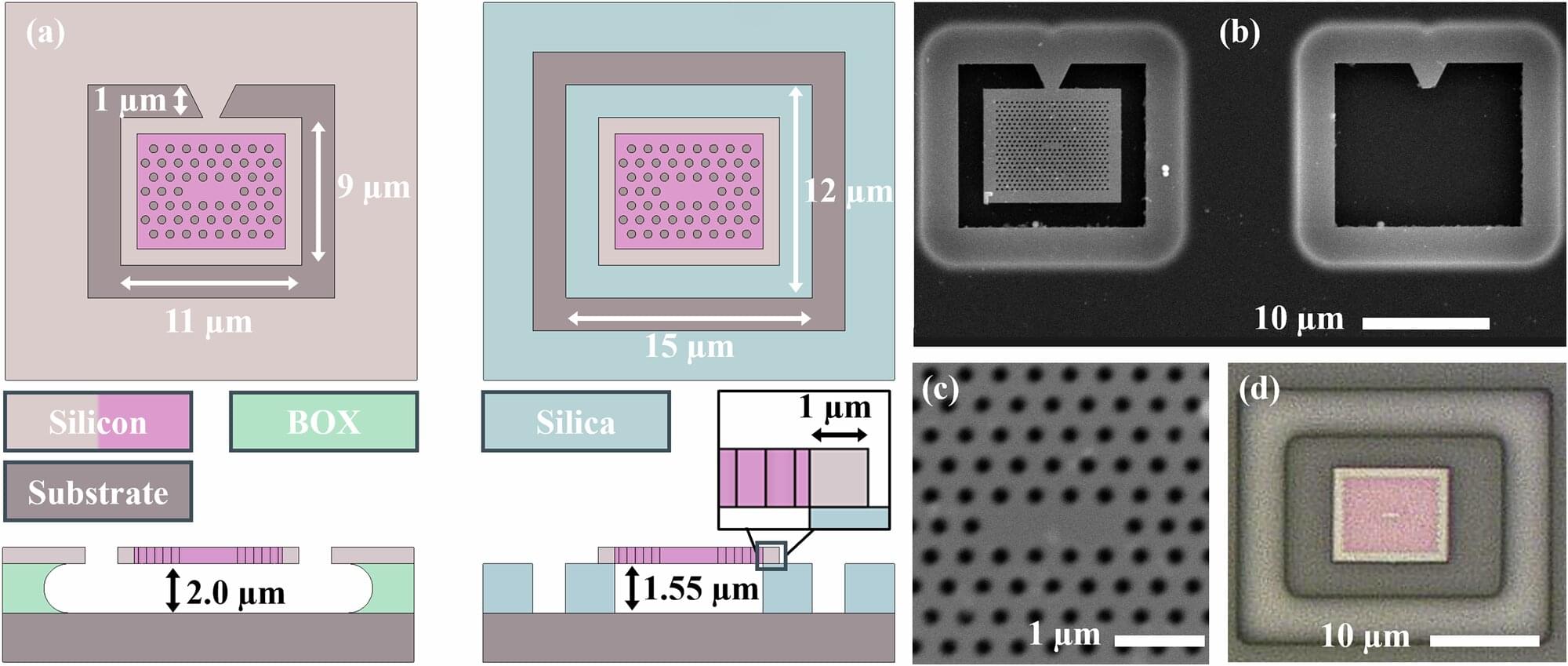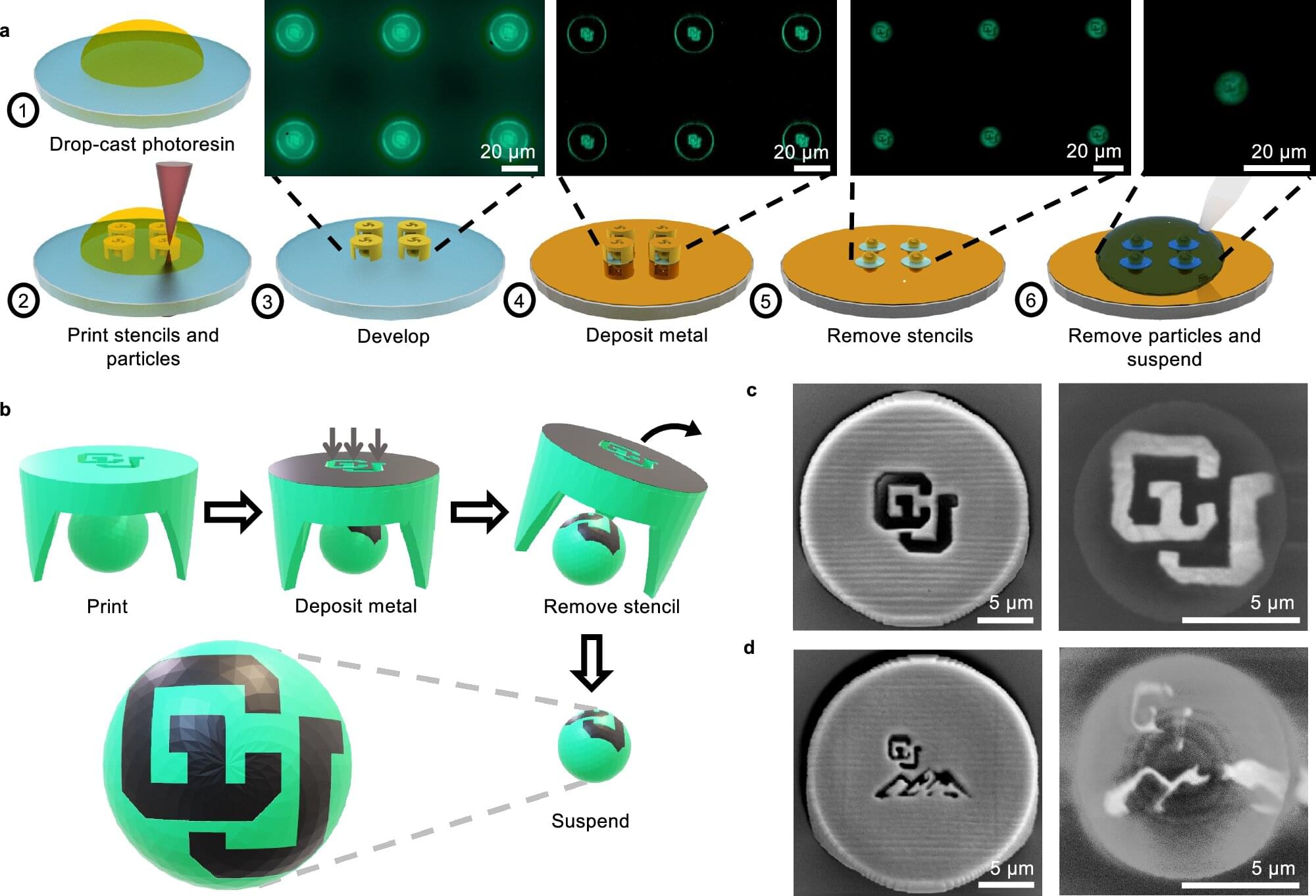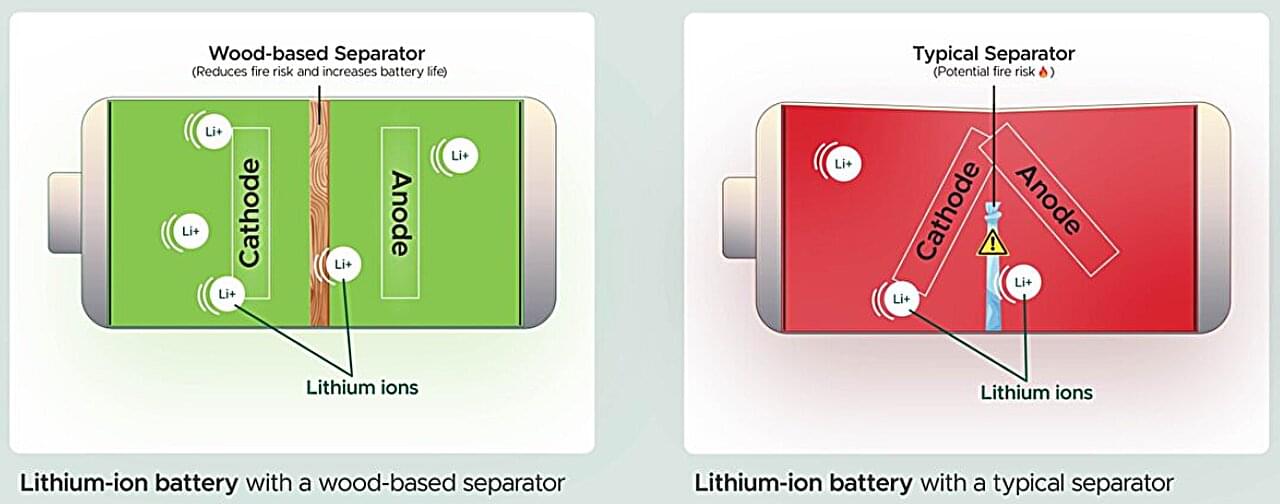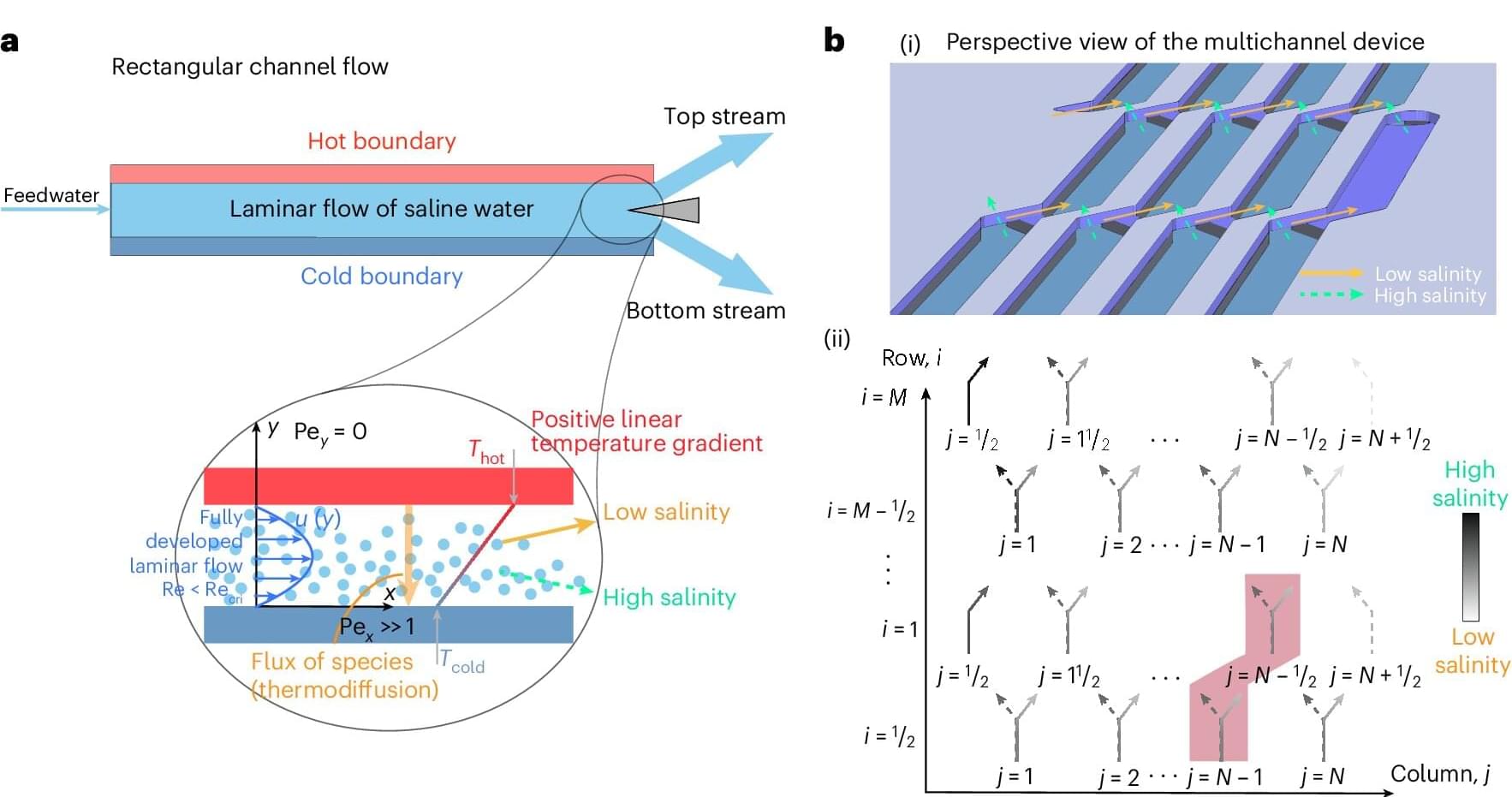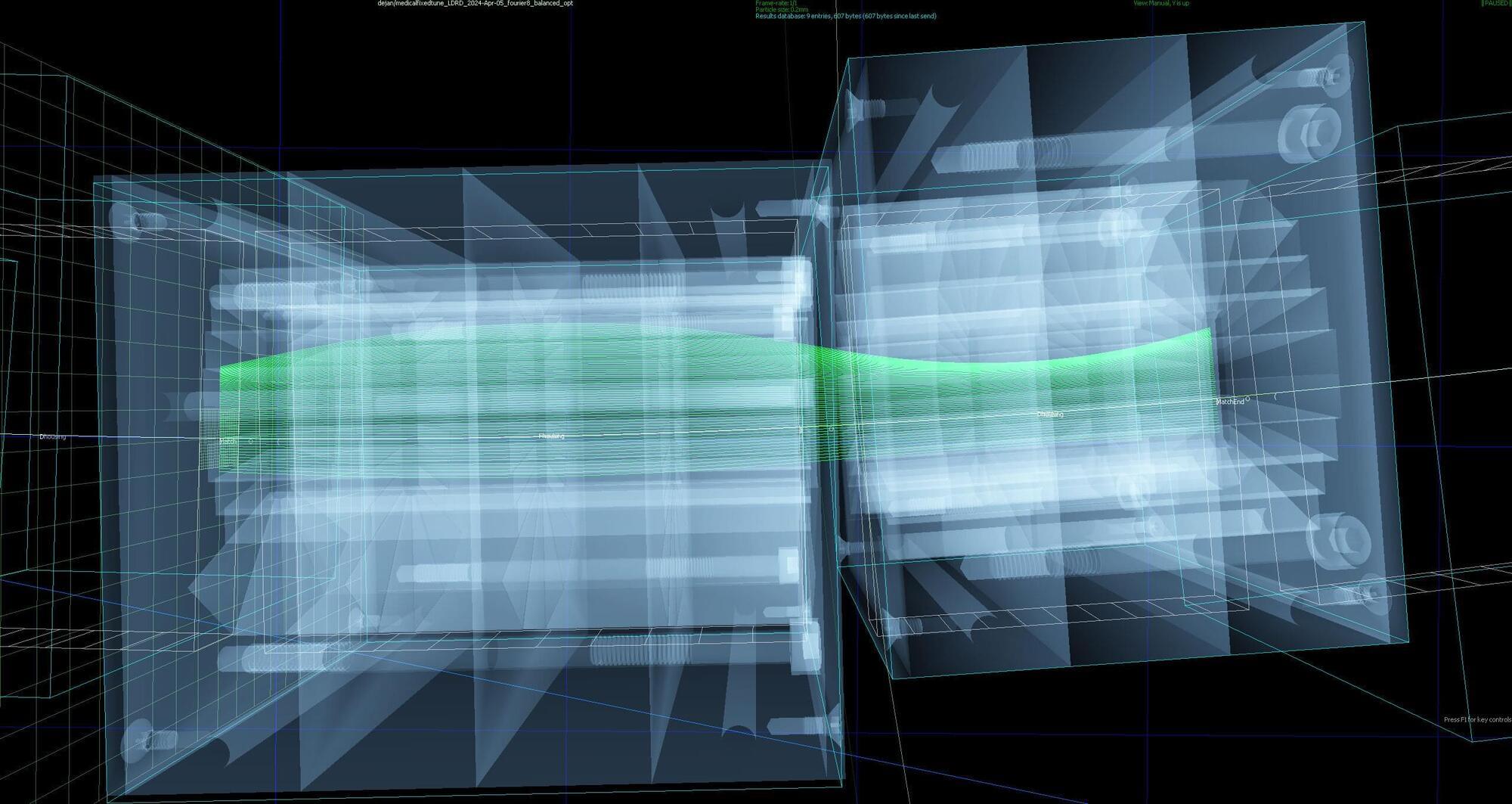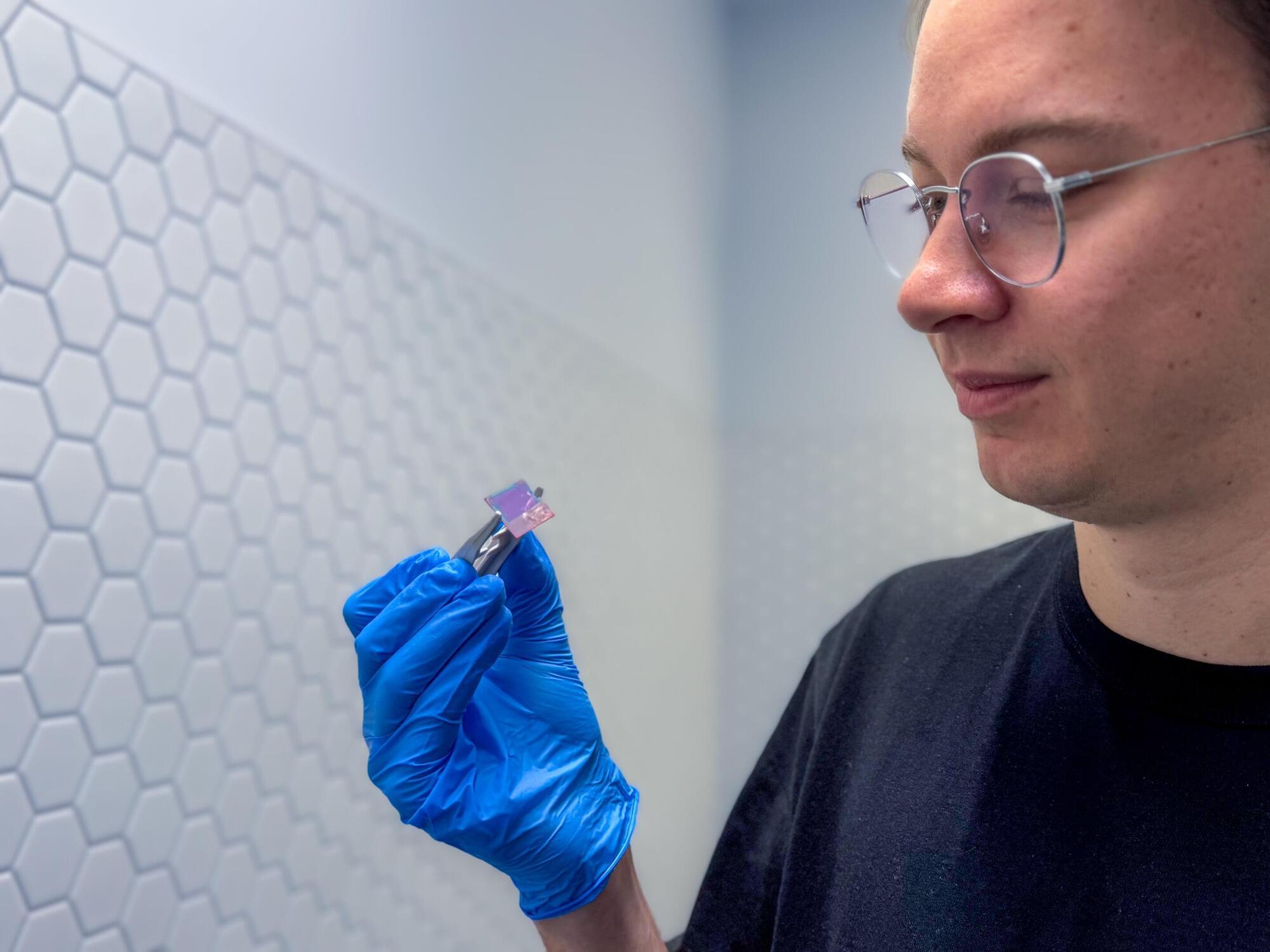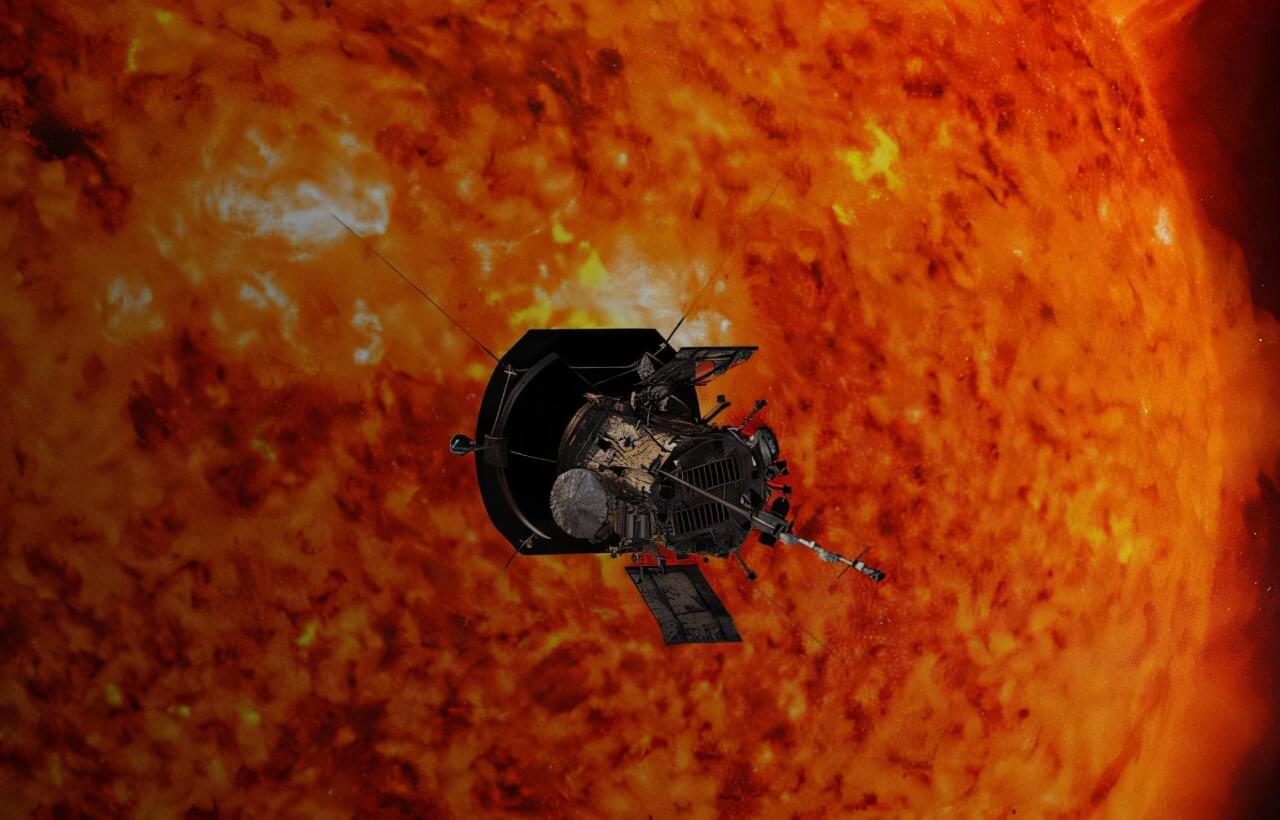Optical quantum clocks developed at the University of Adelaide have been proven to outperform GPS navigation systems by many orders of magnitude. The clocks, which were put through their paces in naval exercises, were designed to be robust enough to withstand being rocked by waves while they are on ships.
Previous versions of clocks that operate at this level of accuracy are not portable, as they require large amounts of lab space and are too sensitive to motion and changes in temperature.
The clocks were developed by a team led by the University of Adelaide’s Professor Andre Luiten, Chief Innovator and Chair of Experimental Physics at the Institute of Photonics and Advanced Sensing (IPAS), in partnership with colleagues at the Defense Science and Technology Group (DSTG).
